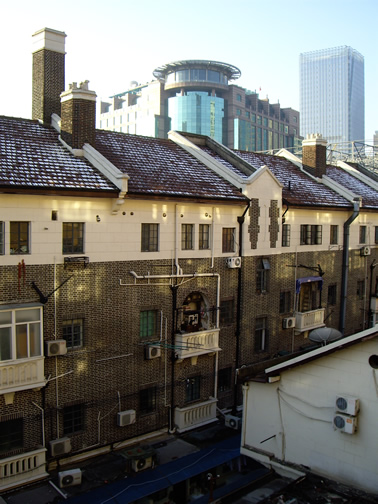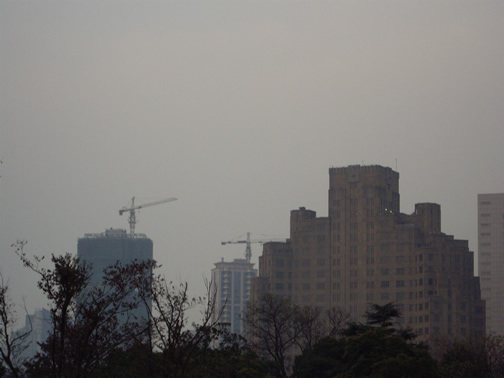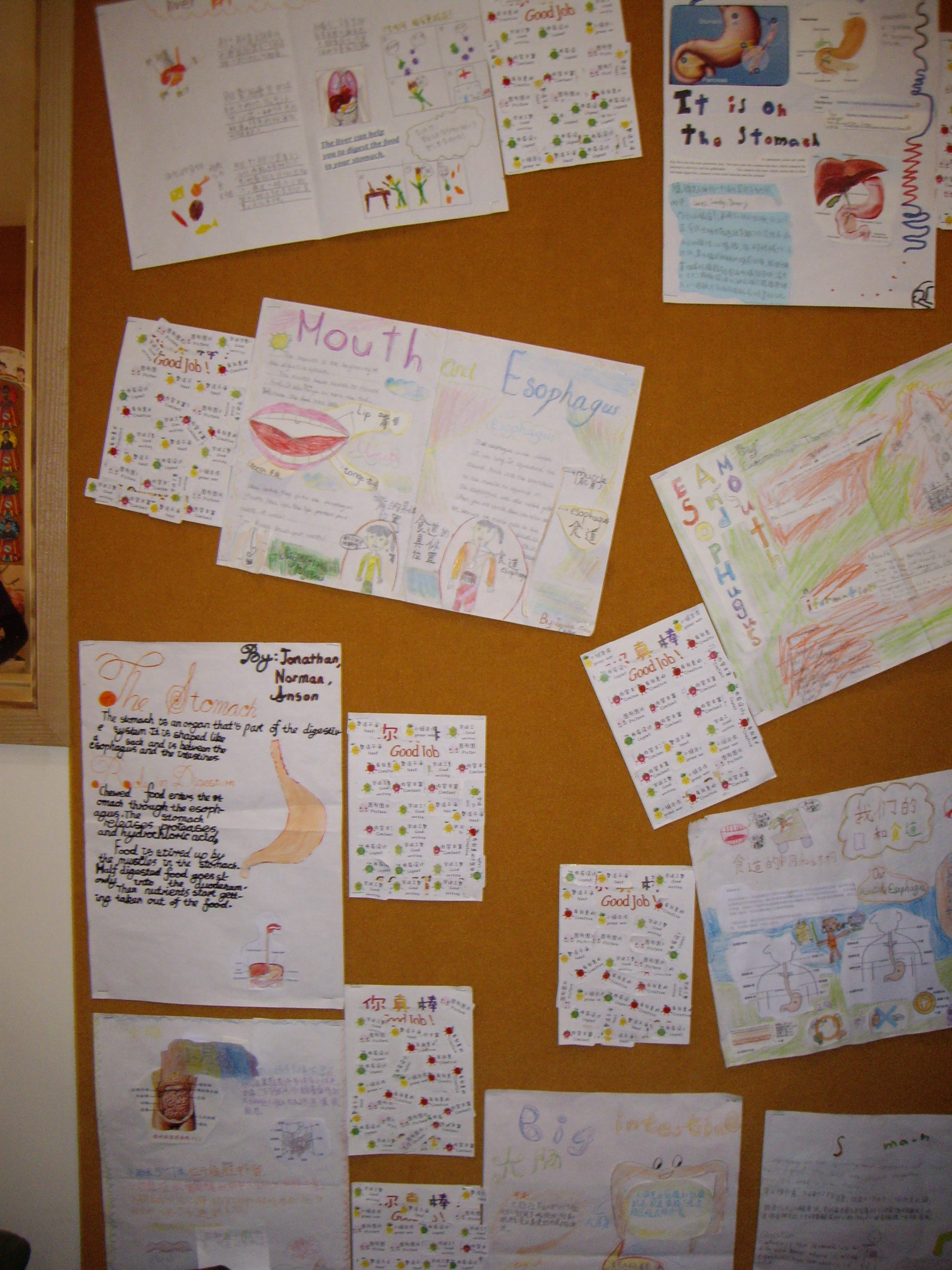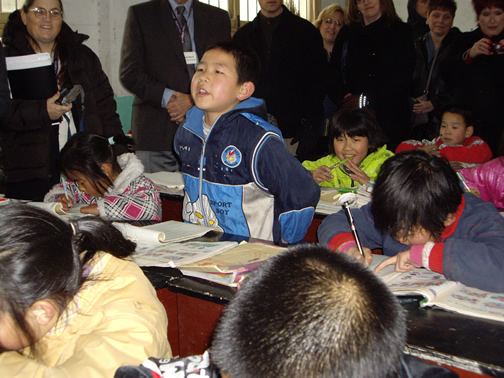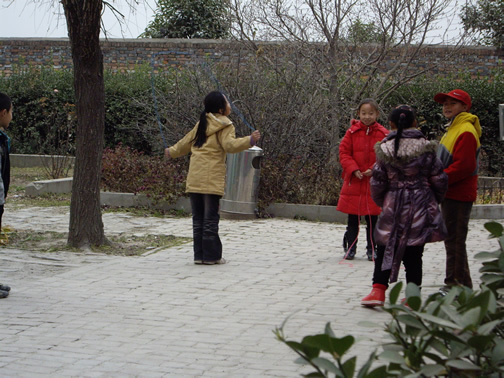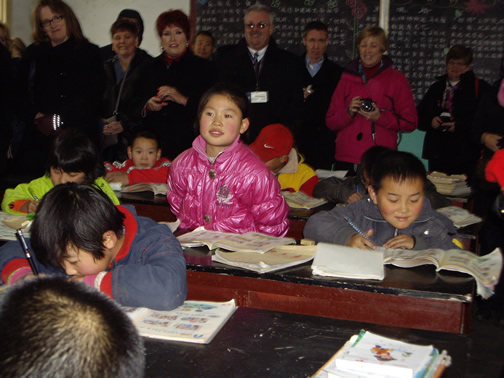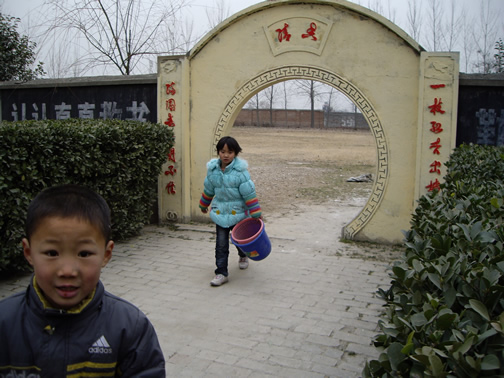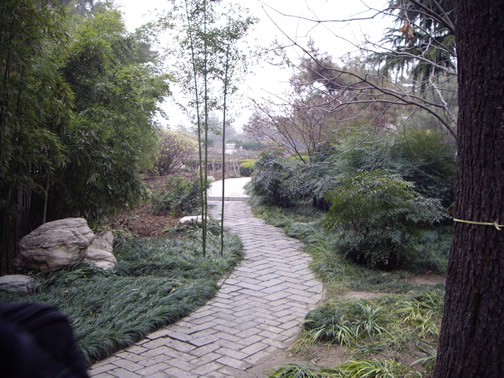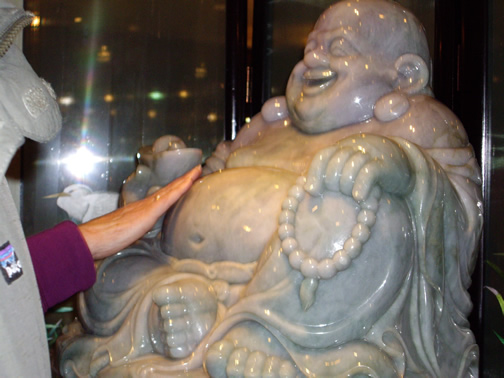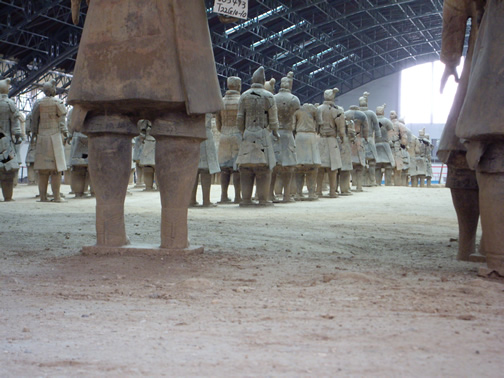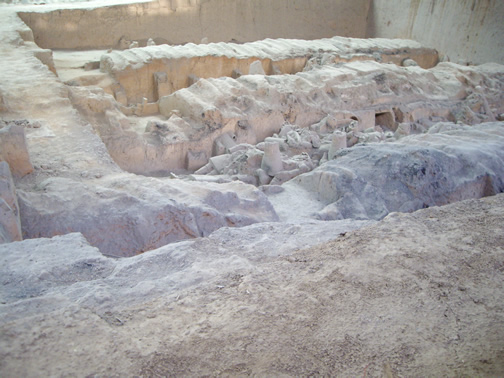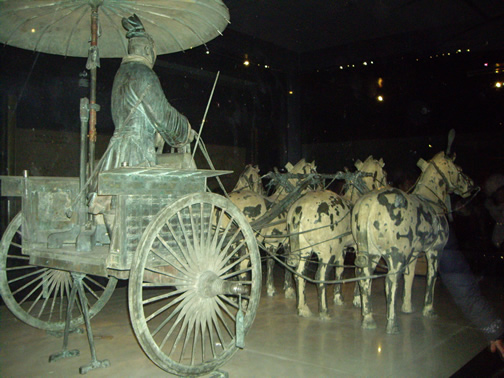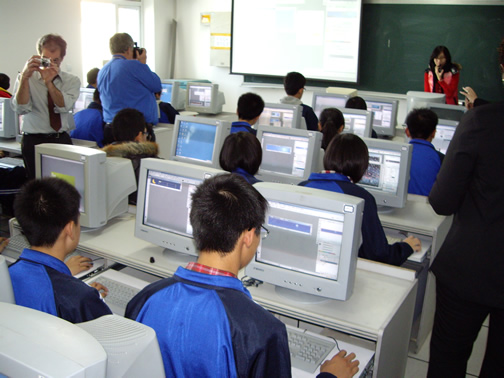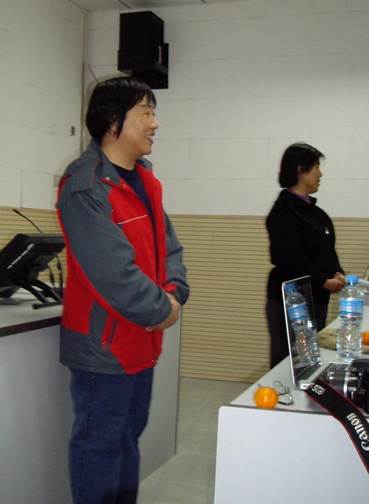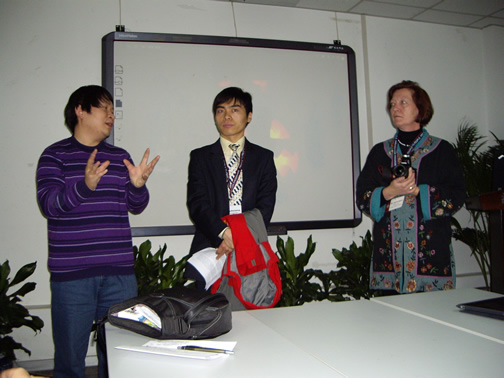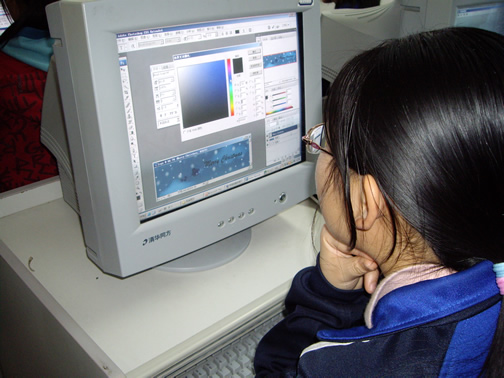Most memorable things learned in 2010
I am no longer spending day to day life in a classroom with kids, but I continue to learn from my job. My connection with kids may be more vicarious than it was before, but I continue to learn as part of education world. So for the New year, I stop to share my top learning moments of 2010.
Things I learned this year:
It’s worth asking.
In the spring I received a letter inviting me to join a group of professionals involved with technology in education on a trip to China. If I had not formulated a plan delineating how TeachersFirst could benefit from my participation in this trip and then had the nerve to ask whether The Source for Learning would share in the cost, I would have assumed that such a trip was simply not possible. Many months and many thousand miles of travel to China later, I am very glad I took the risk to ask.
Laryngitis does not mean the absence of a voice.
In June, I gave my first full hour “lecture” format presentation at ISTE in Denver. Twenty-four hours beforehand, laryngitis completely erased my ability to speak. Over the next day, I communicated silently with pencil and paper, pantomime, nod, and smile. I discovered the kindness of many complete strangers and the willingness of others to do anything they could to help promote healing of my voice. You can read more about the experience in my post. The bottom line: my “voice” came through in far more ways than simply from that presentation. Not only did the sound re-emerge from my mouth amid the presentation; my passionate interest in creativity and facilitating it as essential to learning (and often with technology tools) echoes in upcoming articles and presentations — and my desire to refine the voice of creativity together with other articulate professionals.
Comparison can hinder vision.
The China trip showed me so much about how people on the other side of the Pacific view learning, how they “teach,” and how Chinese parents and society expect education to look. The easy way to talk about everything I saw in China is to explain it in comparison to what we know in the U.S. The skies are more polluted than ours. The level of laws concerning health and safety is far less than in our litigious society, etc. But I find myself stopping mid-paragraph as I continue this comparison. What is important is not the side by side comparison of “them” and “us.” In fact, the very comparison to us blinds me to nuance and sounds, thoughts, philosophies too different for comparison. There is no one-to-one, force-fit, side-by-side way to understand China. If we focus on competition and comparison, we will never hear the intellectual phonemes the Chinese articulate that simply are not part of our thinking language. We will learn far more from dialog.
Watching learning is learning, too.
I am lucky enough to have two grandsons, one born in 2010. Watching them learn reminds me of what classroom teachers do every day. We watch learning, and in the process we learn, too. That experience never stops. At the end of every day, each of us– even those in no way involved in education– should ask, “What did you see someone learn today?” If everyone pondered this, society might find a whole new approach to what education is and should be.
Zero technology days are a good idea.
Although I had perhaps 3 of these during 2010, the days when I do not touch my iPhone, listen to MP3s or Pandora, check in on Facebook, watch the news, connect to the Internet, or answer email are precious indeed. Not only do I focus entirely on people and places. I also return to the grid with new perspective and energy. Lithium ion is not the only kind of recharge.
To all who care to stop by and read here, Happy New Year. What did you see someone learn this year?


